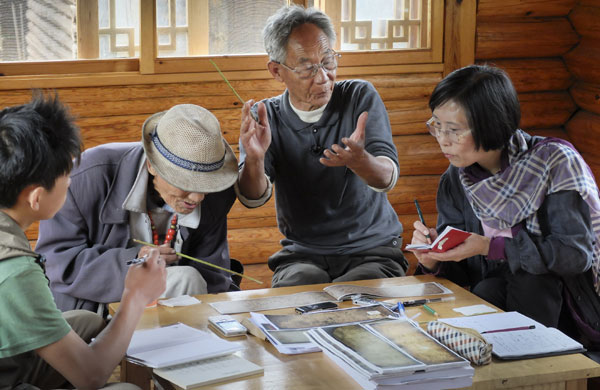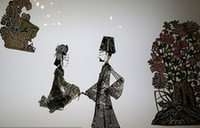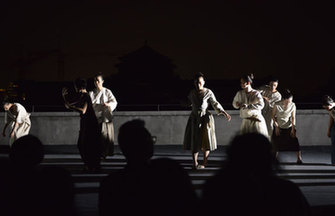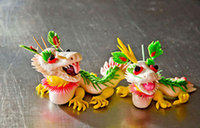A living language's life
Updated: 2014-10-08 07:50
By Wang Kaihao(China Daily)
|
||||||||
 |
|
Zhang Xu (right), head of Beijing Association of Dongba Culture and Arts, works with the shamans to preserve the endangered language. |
Sinologists introduced Dongba scripts to the West in the early 1900s. The first Naxi dictionary was developed by Austrian-American Joseph Rock, who devoted his life to studying the Dongba.
 |
Less than half of the world's 30,000 Dongba manuscripts are in China.
Harvard University, the US Library of Congress and European institutions—including University of Manchester, British Library and Berlin State Library—house large collections. Private collectors own many others.
"Many of the manuscripts in China were burned decades ago because of historical and political reasons," Zhang says.
"It's difficult to repatriate works that are overseas. Fortunately, most institutions share digitized versions."
Her team has traveled the world to take high-definition photos of the pages and ask Dongba shamans to decipher them. They plan to publish a detailed catalog.
Zhang, who's a former TV program director, also realizes the importance of filming the shamans' explanations.
But funding is the problem. Zhang believes her association must partner with others.
German anthropologist and Zurich Ethnographical Museum's former director Michael Oppitz says only about a third of the existing manuscripts have been digitized. Oppitz proposed a "united pool of Naxi manuscripts" in 1999.

 Happy moments of actor Lu Yi with his daughter
Happy moments of actor Lu Yi with his daughter
 Fashion designer bridges culture gap
Fashion designer bridges culture gap
 Singer Li Yuchun poses for fashion magazine
Singer Li Yuchun poses for fashion magazine
 Hundred Flowers Award ceremony opens in Lanzhou
Hundred Flowers Award ceremony opens in Lanzhou
 A quiet designer
A quiet designer
 Alibaba founder biopic could be underway
Alibaba founder biopic could be underway
 Star Stefanie Sun holds concert in Beijing
Star Stefanie Sun holds concert in Beijing
 Faye Wong's manager refutes star's drug rumors
Faye Wong's manager refutes star's drug rumors
Most Viewed
Editor's Picks

|

|

|

|

|

|
Today's Top News
A concrete step forward to mend ties
Silent HK majority urged to support government
US Commerce to help tap Chinese market
HK govt to meet with students
Live report: 1 dead, 38 injured in Yunnan quake
Chinese insurer buys NYC's Waldorf hotel
WB sees slower rise in China economy
Chinese actress Li Bingbing calls for action on climate change
US Weekly

|

|








